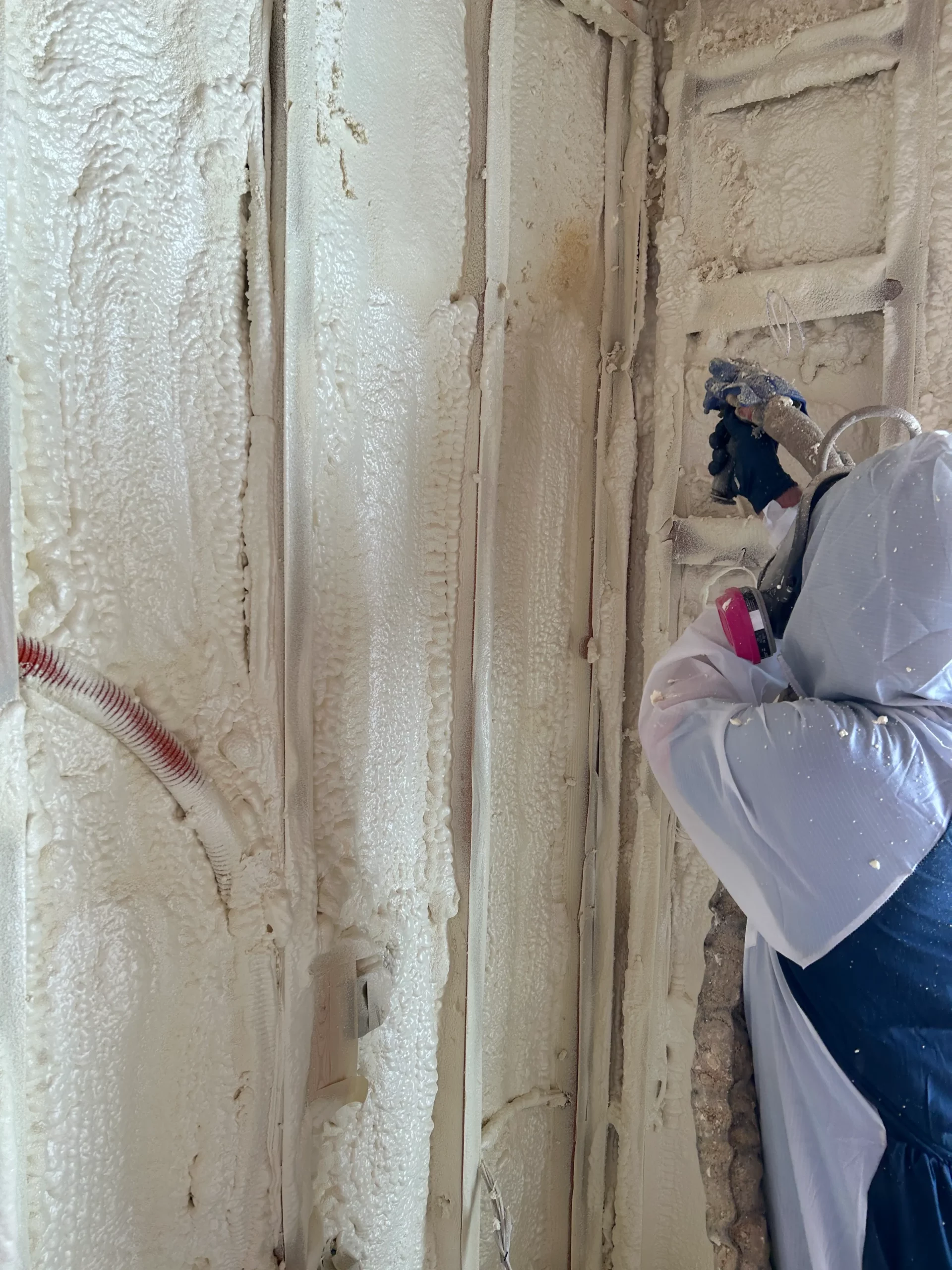
Spray foam insulation has become a popular choice among homeowners and builders due to its energy efficiency, air-sealing properties, and long lifespan. However, despite these benefits, many banks and mortgage lenders view spray foam insulation unfavorably. This reluctance can impact homeowners looking to secure financing, refinance their properties, or obtain insurance. Understanding the reasons behind this skepticism is crucial for homeowners, real estate investors, and construction professionals.
This article explores why banks do not favor spray foam insulation, examining the financial risks, structural concerns, and market challenges associated with it. Additionally, it provides insights into how homeowners can navigate these challenges when dealing with lenders and insurers.
Banks assess homes based on their structural integrity, market value, and long-term durability. Spray foam insulation, while effective in many aspects, raises concerns in these key areas, making banks hesitant to finance properties with this type of insulation.
Lenders base mortgage approvals on property valuations. Spray foam insulation can complicate this process because:
Insurance companies play a crucial role in mortgage approvals. Many insurers are wary of spray foam insulation because:
Spray foam creates an airtight seal, but if improperly installed, it can:
Roofing systems can be negatively affected when spray foam is applied directly to the underside of the roof deck:
Home inspectors and appraisers face challenges when assessing properties with spray foam insulation. These include:
Once spray foam insulation is applied, modifying or updating systems within walls and ceilings can be complex:
Homeowners looking for insulation options that do not raise red flags with banks can consider:
If a home already has spray foam insulation, homeowners can take proactive steps to reassure lenders:
Spray foam insulation offers significant energy efficiency and structural benefits, but its complexities make banks hesitant to finance homes using this material. Factors such as property valuation challenges, structural concerns, and insurance difficulties contribute to this skepticism. Homeowners in Olympia, WA, should take proactive steps to address these issues by obtaining professional inspections, securing proper documentation, and working with knowledgeable lenders.
For homeowners in Olympia, WA, considering spray foam insulation or seeking guidance on securing financing, Capital City Spray Foam of Olympia provides expert solutions. Contact us today to learn more about insulation best practices and how to navigate lender concerns.
Banks worry about long-term structural risks, potential repair costs, and difficulties in accurate property valuations.
Yes, but sellers may need to provide extensive documentation and work with buyers whose lenders accept spray foam-insulated properties.
In many cases, applying spray foam to the underside of a roof can void the warranty. Homeowners should check with their roofing manufacturer before installation.
Homeowners can seek alternative lenders, provide proof of professional installation, or explore refinancing options with institutions familiar with spray foam benefits.
Ensuring proper installation, obtaining a certified inspection, and having insurance coverage can help mitigate concerns.